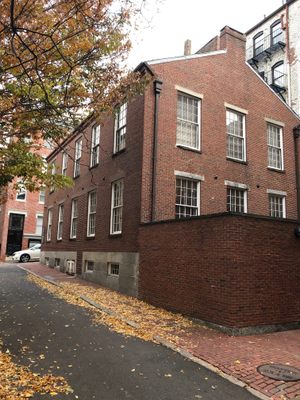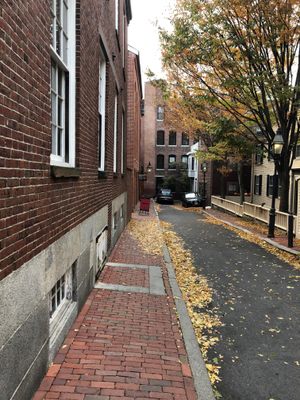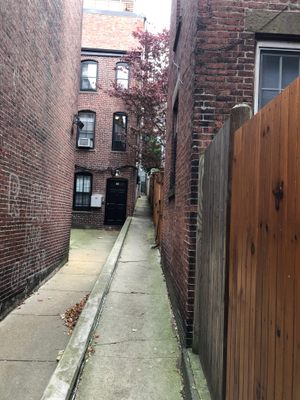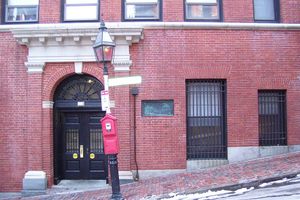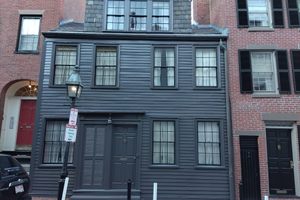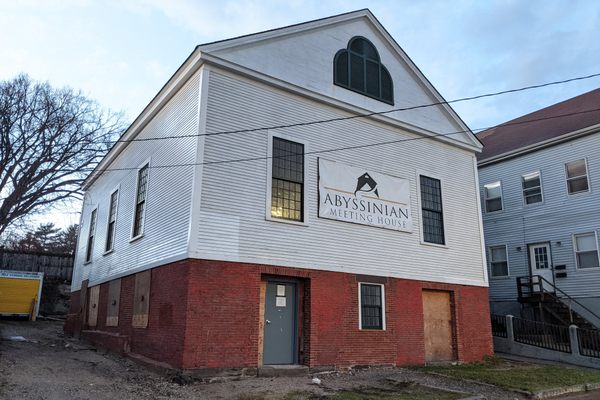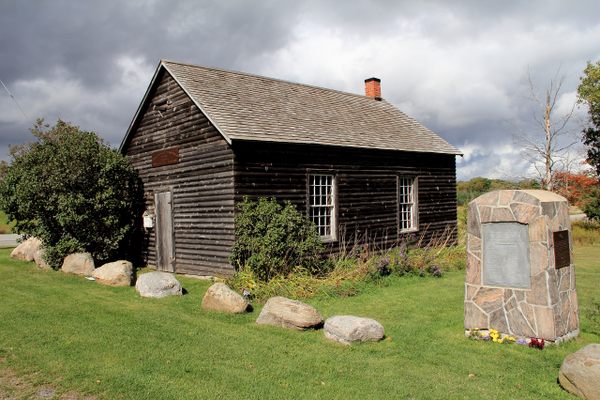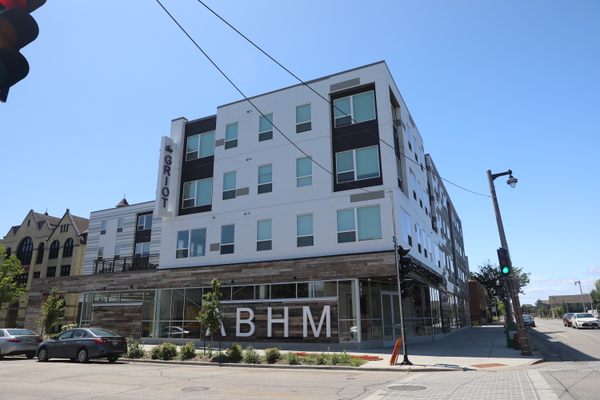About
Smith Court is a short, dead-end street on Beacon Hill's "North Slope," bounded by Myrtle and Cambridge Streets. The North Slope was the primarily Black neighborhood in the 19th century, and Smith Court was the center of the community.
One particularly notable building is the African Meeting House. Built-in 1806 to house the African American Baptist Church, it is the oldest existing Black church in the country. The Meeting House was an important center of abolitionism in 19th-century Boston. Fugitive slaves used the extensive network of alleys and lanes on Beacon Hill as they sought safety in a number of stops along the Underground Railroad on the hill, including the African Meeting House. It's easy to imagine fugitives fleeing down Holmes Alley, which ran east and north from South Russell Street to Smith Court, to reach the meeting house.
Smith Court boasts other landmark buildings, too. On the north side of the street at 3 Smith Court is the William C. Neil House. Neil was an abolitionist and historian who worked for the Liberator and the Massachusetts Anti-Slavery Society. He lived at this house from 1850 to 1857.
On the left on the corner of Joy and Smith is the Abiel Smith School, the first public school in the country to become available to black children when it opened in 1835. Today, the Smith School and the African Meeting House are owned by the Museum of African American History and are important stops on the Black Heritage Trail.
Related Tags
Know Before You Go
Begin at Cambridge Street, and walk up Joy Street. Smith Court will be the second street on the right.
Community Contributors
Added By
Published
November 20, 2019
